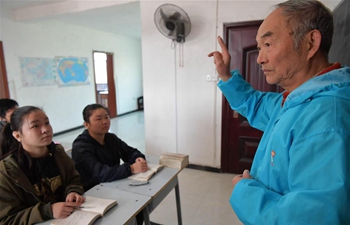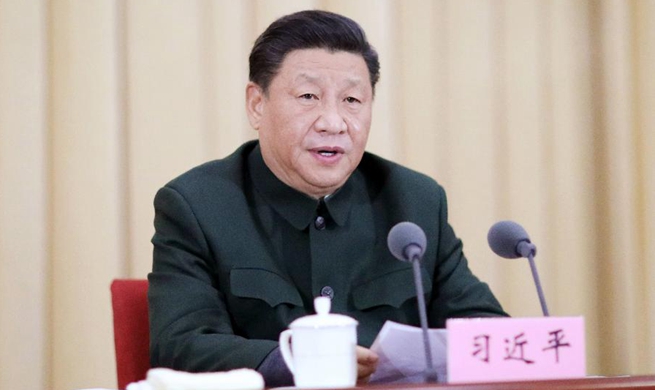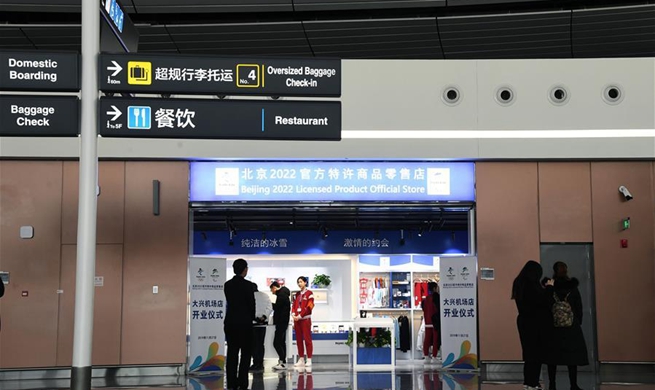BEIJING, Nov. 27 (Xinhua) -- Earlier this month, China's State Council released a guideline detailing 20 policies to create a more "fair, transparent and predictable" business environment for foreign investors in the country's latest opening-up push.
Amid rising tides of protectionism and unilateralism, the move highlighted China's resolution to liberalize its economy, and with top leaders' repeated promise of wider opening-up on various occasions, the world can count on the country to continue to walk the talk, analysts said.
STEP BY STEP
The significance of reform and opening-up cannot be overstated as it has defined the country's growth stories over the past decades and will continue the role going forward.
In 1979, China assigned Guangdong and Fujian provinces with the task of piloting implementation of special and flexible policies in economic activities with foreign countries, marking a historic step in the country's opening-up.
Since then, China has taken solid steps to open up its market and now become an industrial powerhouse and an engine driving global growth.
Last year, China contributed to 27.5 percent of global economic growth, 24.4 percentage points higher than the ratio in 1978, according to the National Bureau of Statistics.
A key milestone in the opening-up process was China's entry into the World Trade Organization (WTO) in 2001, which saw the country gradually adapt to international trade rules and become a constructive member in the mechanism.
The more convenient flows of goods and capital had generated growth opportunities for China and the world at large. China is now the largest trade partner of more than 120 countries and regions.
NEW ROUND OF HIGH-LEVEL OPENING-UP
Knowing too well that opening-up is the right path, China in recent years has quickened the pace and spared no effort to open up wider.
China has established 18 free trade zones (FTZs) across the country to experiment with new regulations and explore ways to improve the business environment that would later be replicated nationwide.
In 2013, China proposed the Belt and Road Initiative (BRI), which opened up new space for the world economy, spurring trade and economic growth and stimulating investment and creating jobs worldwide. So far, more than 160 countries and international organizations have signed cooperation agreements under BRI.
Since the first China International Import Expo (CIIE) last year, the event has become a new initiative to push the opening-up to higher levels.
The second CIIE, which concluded earlier this month, had tentative deals worth 71.13 billion U.S. dollars inked for one-year purchases of goods and services.
Apart from covering a wider range of areas, the new round of self-initiated opening-up focused more on institutional changes, according to Long Guoqiang, deputy head of the Development Research Center of the State Council.
In the past year, China passed a landmark foreign investment law and a new regulation on optimizing the business environment, shortened the negative list for foreign investment, and enhanced opening-up of the manufacturing and financial sectors.
The government also decided to remove caps on foreign ownership of brokerages, futures dealers and life insurers by 2020, a year ahead of the previous plan.
While some countries are in the habit of complaining that China is not moving fast enough, the World Bank's ease of doing business study tells the truth.
According to the latest World Bank report, China's ranking in terms of ease of doing business has advanced to the 31st place this year from the 46th slot last year, and it is also among the 10 economies that has improved the most on the ease of doing business after implementing regulatory reforms.
"No matter how the international landscape changes, China's opening-up steps will only be bigger and quicker," noted Xie Fuzhan, president of the Chinese Academy of Social Sciences.

















